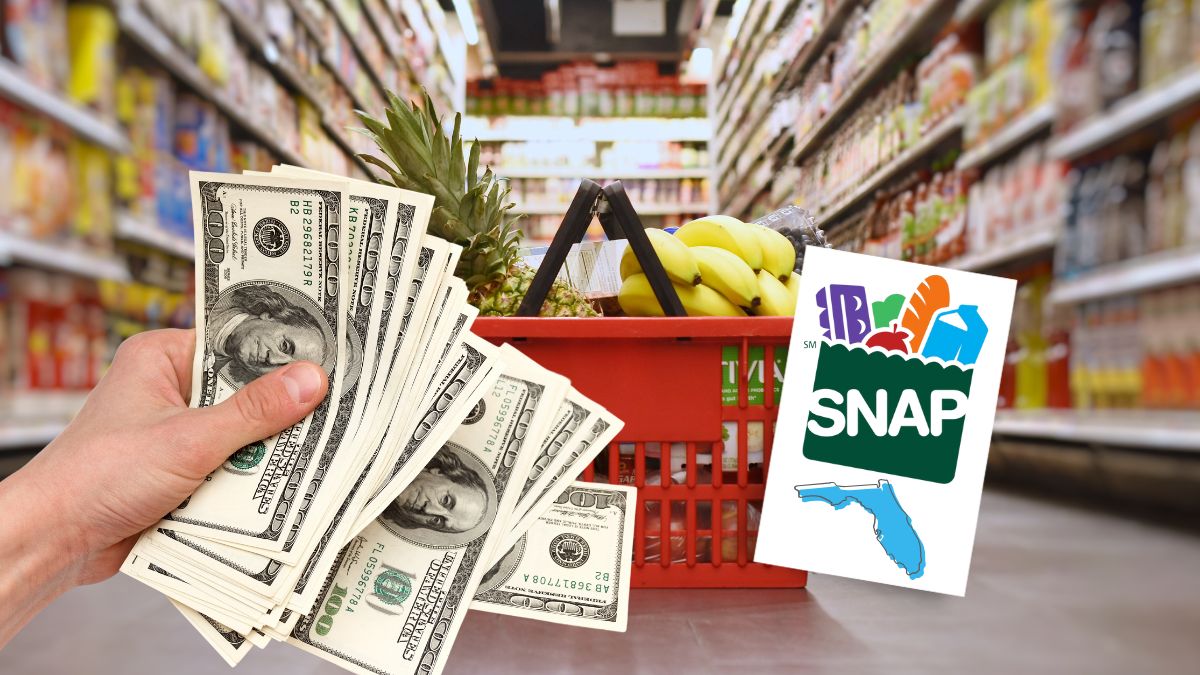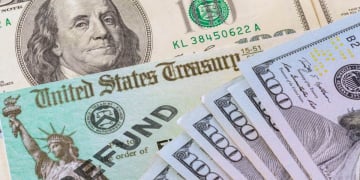The Florida Department of Children and Families (DCF) have already begun distributing SNAP benefits for April 2025 on the 1st of the month. These funds, aimed at low-income households, will reach EBT cards according to a system based on the case number of each beneficiary. The methodology, although specific, seeks to guarantee transparency in deposit dates.
SNAP benefits case numbers in Florida are 10 digits long, and this is important to keep in mind because the date you will be paid each month is always the same, and depends on this number. Payments will be allocated based on the 8th and 9th digits of the case number (excluding the tenth). The schedule starts on the 1st and ends on the 28th of each month. Those wishing to confirm their exact date should consult official DCF documentation or access the agency’s online portal.
Monthly SNAP allocations by household size
SNAP amounts vary depending on the number of members in each household. By April 2025, the allocations will be as follows:
- 1 person: $292.
- 2 people: $536.
- 3 people: $768.
- 4 people: $975.
- 5 people: $1,158.
- 6 people: $1,390.
- 7 people: $1,536.
- 8 people: $1,756.
- Each additional member gets $220 extra
These funds are intended for the purchase of basic foods such as fruits, dairy products, meats and bread, as well as seeds for own cultivation. The annual adjustment considers factors such as inflation and the cost of living. In recent days, restrictions on the purchase of certain products have been approved, but we will talk about this later in this article.
The closest payment dates for groups of SNAP benefits beneficiaries in Florida are as follows:
- 00-03: April 1.
- 04-06: April 2.
- 07-10: April 3.
- 11-13: April 4.
- From 14 to 17: April 5.
- From 18 to 20: April 6.
- 21-24: April 7.
- 25-27: April 8.
- 28-31: April 9.
- 32-34: April 10.
One state is the first to approve restrictions on purchases of certain products with SNAP benefits
As Florida prepares its payments, Idaho sets a national precedent with House Bill 109, which would prohibit using SNAP benefits to purchase candy and soda. The bill, passed by the state Senate and House, now awaits Gov. Brad Little’s signature. If it becomes law, it will require authorization from the US Department of Agriculture (USDA).
The regulations redefine what products are considered “sweets,” excluding items such as energy bars or milk-based desserts. Its final approval in Idaho would not imply immediate changes, as the USDA must evaluate its alignment with federal policies. Currently, no states have exemptions to restrict foods for their nutritional value.
This move has been viewed favorably by movements and organizations that promote good nutrition for low-income family populations. At the federal level, Representative Josh Brecheen is promoting the Healthy SNAP Act, which seeks to exclude soft drinks, ice cream and processed desserts from permitted purchases, which, if approved, would apply at the federal level and not only in states that move in that direction.
Defenders argue that they promote healthier eating habits, while critics point out that they limit the autonomy of families. The USDA has not issued an official position, although its decision will set a precedent for other states. In Florida, meanwhile, the focus remains on ensuring the state’s 2.8 million recipients receive their funds on time. DCF recommends regularly checking your portal for updates to avoid inconveniences.




